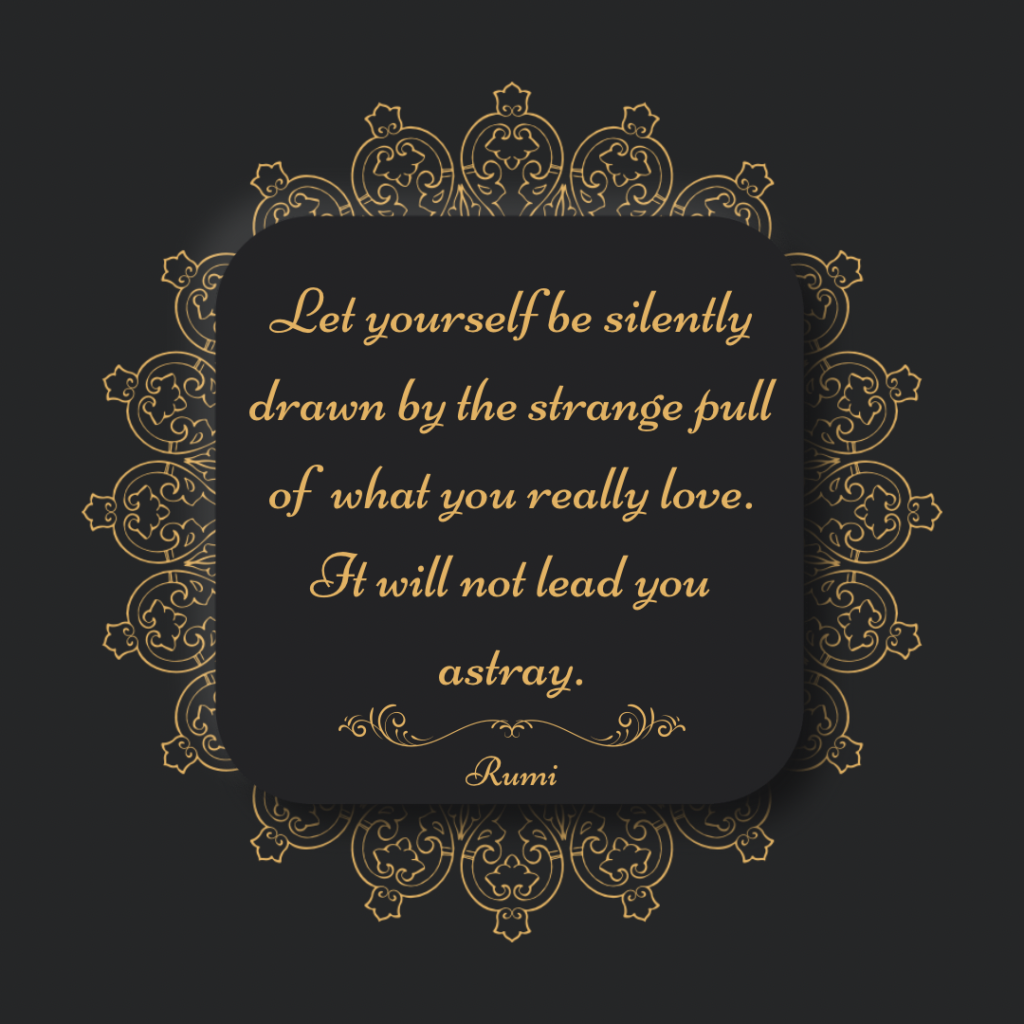
Rumi’s quote finally makes sense as I start this blogging journey. It was long overdue, but remember, the right time to do anything is always now.
As a science student, switching to English was, hands down, the best decision I’ve ever made. The only thing I regret is missing out on those literature classes—I know I would’ve loved them!
Call me biased, but after years of studying subjects like Science, Commerce, and all those technical fields, I believe English is one subject that continually grows on you. You hardly see students of English language or literature switching to other subjects. It’s almost like they never reach that point of feeling saturated because, unlike other subjects, it’s more than just academics—it’s a language you can endlessly explore.
Have you ever been stuck trying to translate a Hindi saying into English that’s easy on the lips and true to its original sense? That phrase is somewhere at the back of your mind or on the tip of your tongue, but it keeps dodging you. Then, all of a sudden, you watch an English web series, a TV sitcom, or listen to your favorite podcast—and there it is, LOUD and CLEAR.
You wonder, where was it all this time? This happens to me quite often. So, starting this blog seemed like the right move.
Translation isn’t just about swapping words with their direct equivalents in another language; it’s about preserving their cultural and emotional meanings. Literal translations often miss the mark. That’s why the iconic TV show “Friends” has never been dubbed into any other language.

Remember the famous British sitcom ‘Mind Your Language’ that premiered in 1977? Mr. Jeremy Brown teaches English as a foreign language to adults from different countries at a school run by Miss Courtney. It was hilarious watching those students try to translate their languages into English.

Translating idioms can be as entertaining as watching a comedy show. Anyone who has watched “The Kapil Sharma Show” would agree with me. Guests there often try their hand at translating Hindi phrases into English, making us laugh.
Literal translations can sometimes butcher the original meaning. Take “Gayi bhains paani mein” for instance. Literally, it’s “The buffalo has gone into the water.” But in reality, it means when things unexpectedly go off track or plans fall apart. It’s like when you’re all set for a smooth ride but suddenly hit a pothole.
I’m fluent in Hindi, but I’m far from knowing everything about it. Your feedback matters to me. I created this blog to connect with those who share my love for English language and to discuss its usage in Indian context. I’m not here to teach; I want us to learn together.
So, let’s keep this conversation alive! I’d love to hear about your experiences! Feel free to suggest any TV shows that have really helped you with English, or even share your personal stories related to language translations. I’m eager to hear from you!
Harleen Kaur

I simply loved your way of writing.
Beautifully written.
Thank you sweetie
It’s really fun reading your blogs. For the most part I could relate to your love for the language. Well done! and keep writing.
I am not sure if I could suggest you something specific to learn from, because I picked up this this language through different experiences in my life. Like, meeting people from different ethnicities, reading a lot of books (classics mostly), movies, music (well this certainly had a huge influence over me for developing love for this language), newspapers (Tribune, Indian Express), Documentaries etc.
Looking forward to read more content from you.
Thanks and Good Luck!
Thank you so much for your kind words and encouragement! It’s inspiring to hear about the diverse ways you’ve connected with the language.